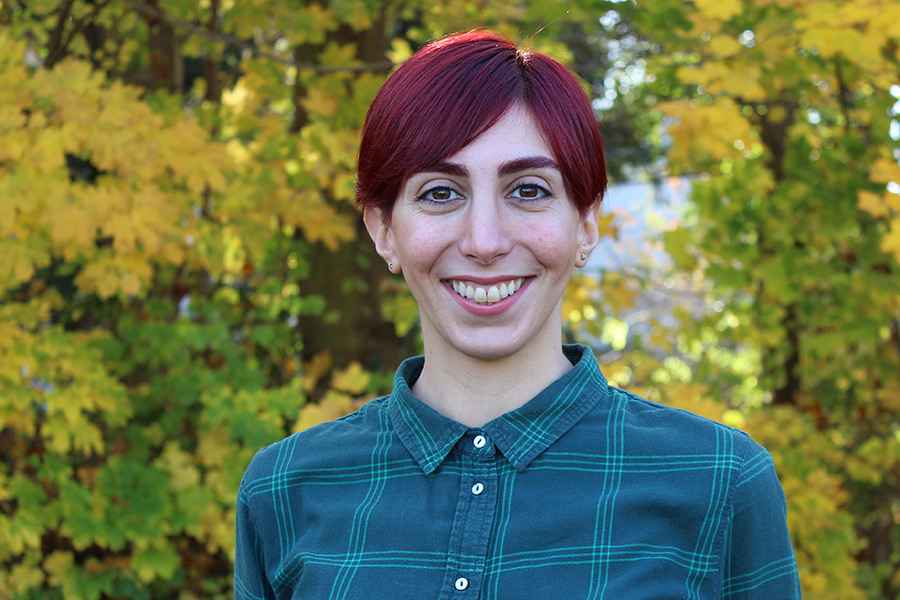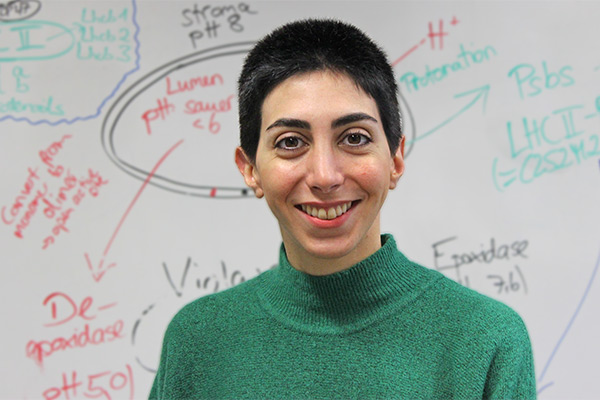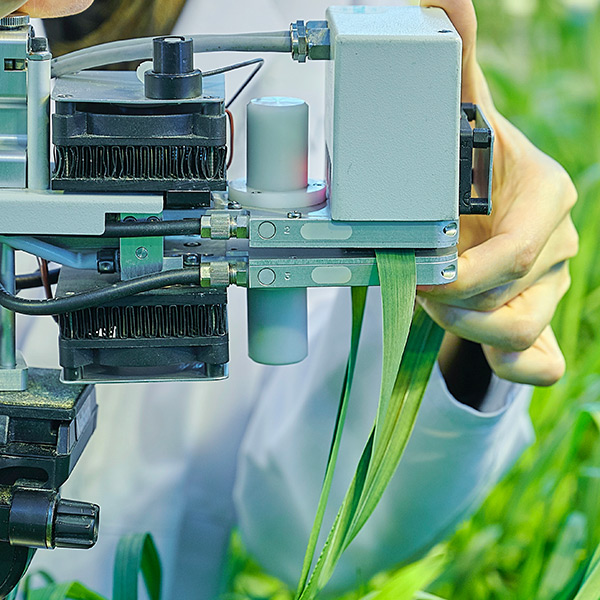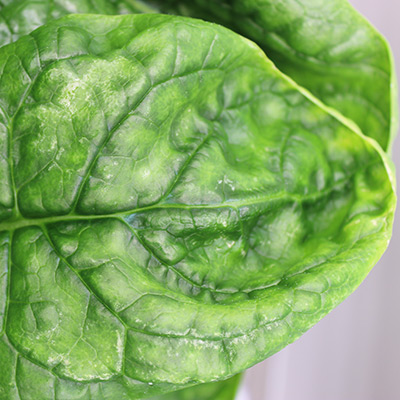News
- Dr. Setareh Jamali Jaghdani ready to face new challenges
By the end of April 2022, Dr. Setareh Jamali Jaghdani has left IAPN and took on new tasks. From January 2018 to July 2021, she had carried out her PhD studies at IAPN. Afterwards, she worked as a postdoctoral scientist at our institute. Her research focused on the role of magnesium (Mg) in photosynthesis and photoprotection.
One of the most important outcomes of the first year of her doctoral studies was the identification of the critical Mg concentration that adversely influenced the photosynthetic machinery in sunflower, while in wheat it did not have an adverse impact on these processes. The results were published in Plant Physiology and Biochemistry (PPB) in September 2019.
In the second year of her doctoral research, she focused on the impacts of Mg deficiency on photoprotection and oxidative stress. Her research on barley plants under Mg deficiency revealed that the gene expression of the enzymes involved in the detoxification of reactive oxygen species (ROS) molecules were significantly increased. Whereas the increase in the pool-size of the pigments (xanthophyll cycle) involved in non-photochemical-quenching (NPQ) was related to other photoprotective mechanisms than NPQ. The outcome of this work was published in Plant Science in November 2020.
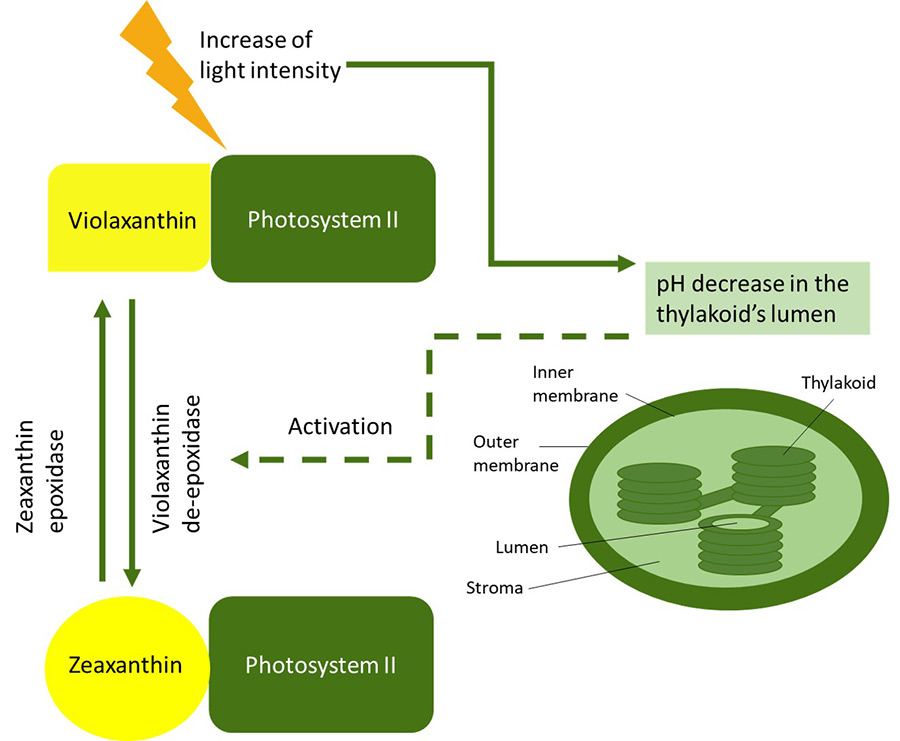 Schematic illustration of the violaxanthin cycle. At high light intensities, the pH in the thylakoid lumen decreases. The reduction in the pH activates violaxanthin de-epoxidase. Thus, violaxanthin is first converted to antheraxanthin, which is then converted to zeaxanthin. When the light intensity decreases, zeaxanthin is converted back to violaxanthin by zeaxanthin epoxidase. (Source: Jamali Jaghdani)
Schematic illustration of the violaxanthin cycle. At high light intensities, the pH in the thylakoid lumen decreases. The reduction in the pH activates violaxanthin de-epoxidase. Thus, violaxanthin is first converted to antheraxanthin, which is then converted to zeaxanthin. When the light intensity decreases, zeaxanthin is converted back to violaxanthin by zeaxanthin epoxidase. (Source: Jamali Jaghdani)
In the last year of her doctoral research, Setareh Jamali Jaghdani focused on Mg deficiency in spinach plants and investigated photosynthetic processes, photoprotection, and other physiological traits of the plants. The results of her work showed that the assimilation rate decreased significantly under Mg deficiency in spinach plants, whereas the photosynthetic parameters were not adversely affected. She concluded that light tolerant plants such as spinach have a much lower need to activate their photoprotective mechanisms under Mg deficiency. The results were published in Plant Stress in October 2021.
The PhD project of Setareh Jamali Jaghdani contributes to improved understanding of the role of Mg deficiency in physiology, photosynthesis, and photoprotective mechanisms in different crop plants. It provides more detailed insights and helps closing knowledge gaps in the field of critical Mg concentrations for specific physiological and biochemical processes.
The entire IAPN team would like to thank Setareh Jamali Jaghdani for her outstanding work, her team spirit and scientific cooperation. We wish her all the best for the future and her new tasks.




